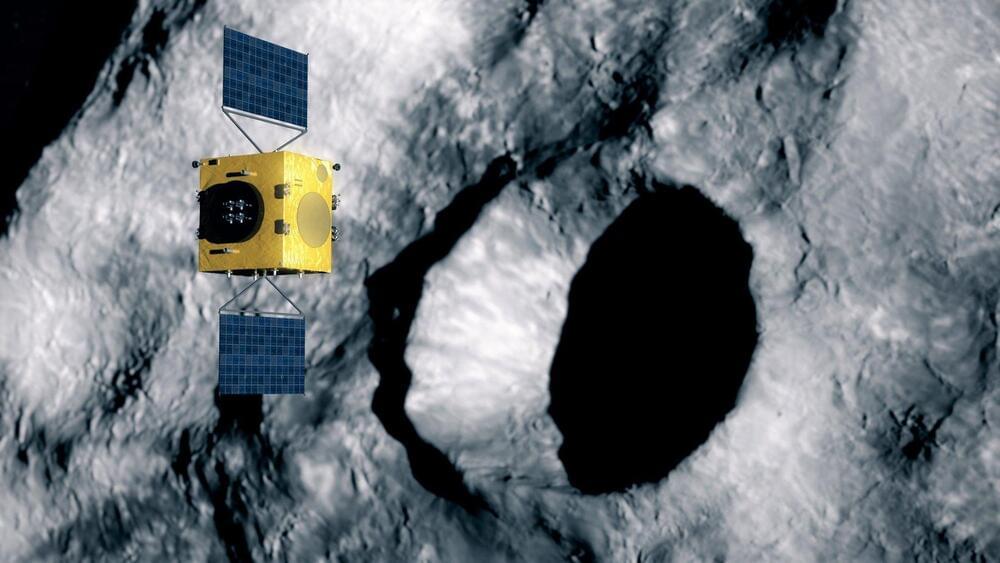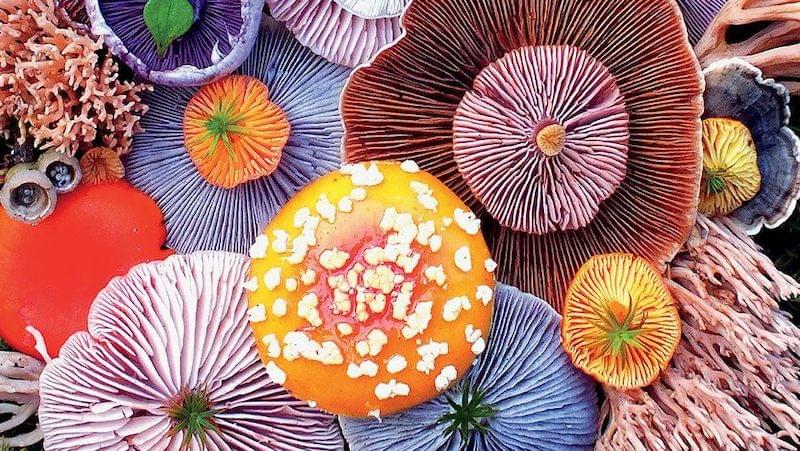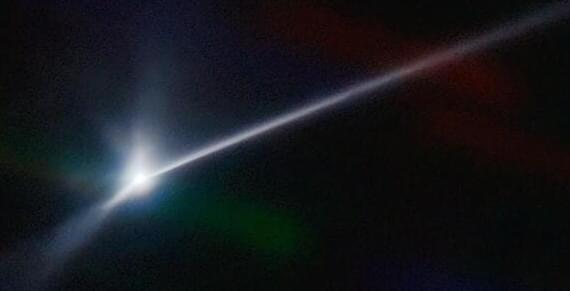The recent observations prove that not all asteroids are boring objects simply hanging out in space.
Gone are the days when we believed asteroids to be just large rocks hanging out in space. As space exploration has progressed, we have come to note that they are much more complex than that.
A great example of this is the asteroid Didymos, which according to a new study published on Monday, is literally spitting rocks into outer space due to the excessive speeds at which it is spinning.
Didymos has been studied for quite some time now in preparation for NASA’s DART (Double Asteroid Redirection Test) and the European Space Agency’s Hera mission.
ESA
So what would happen if we ever came face to face with such an apocalyptic scenario?




